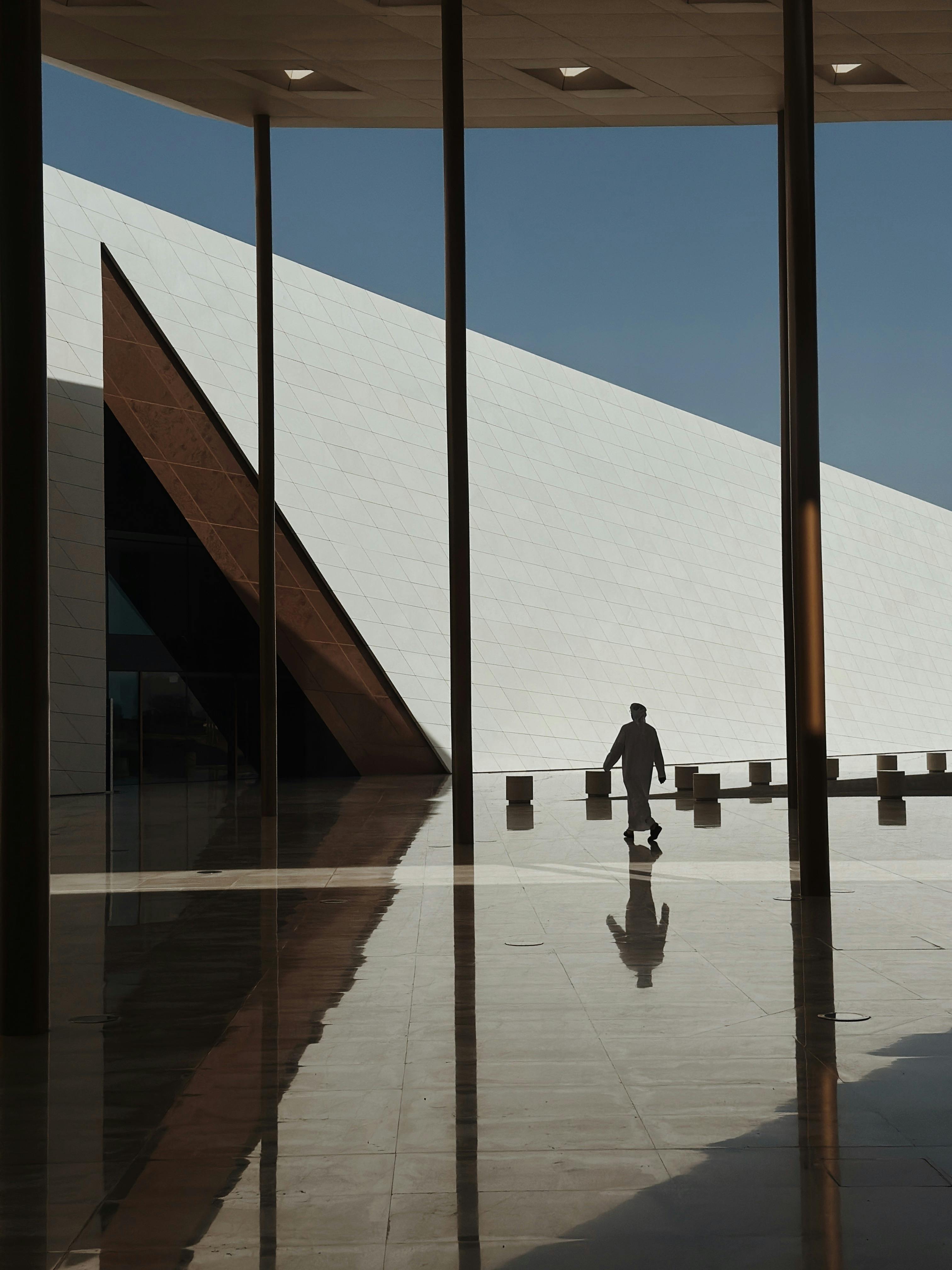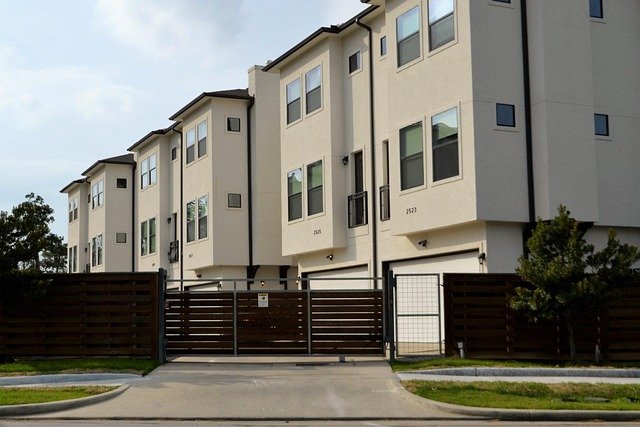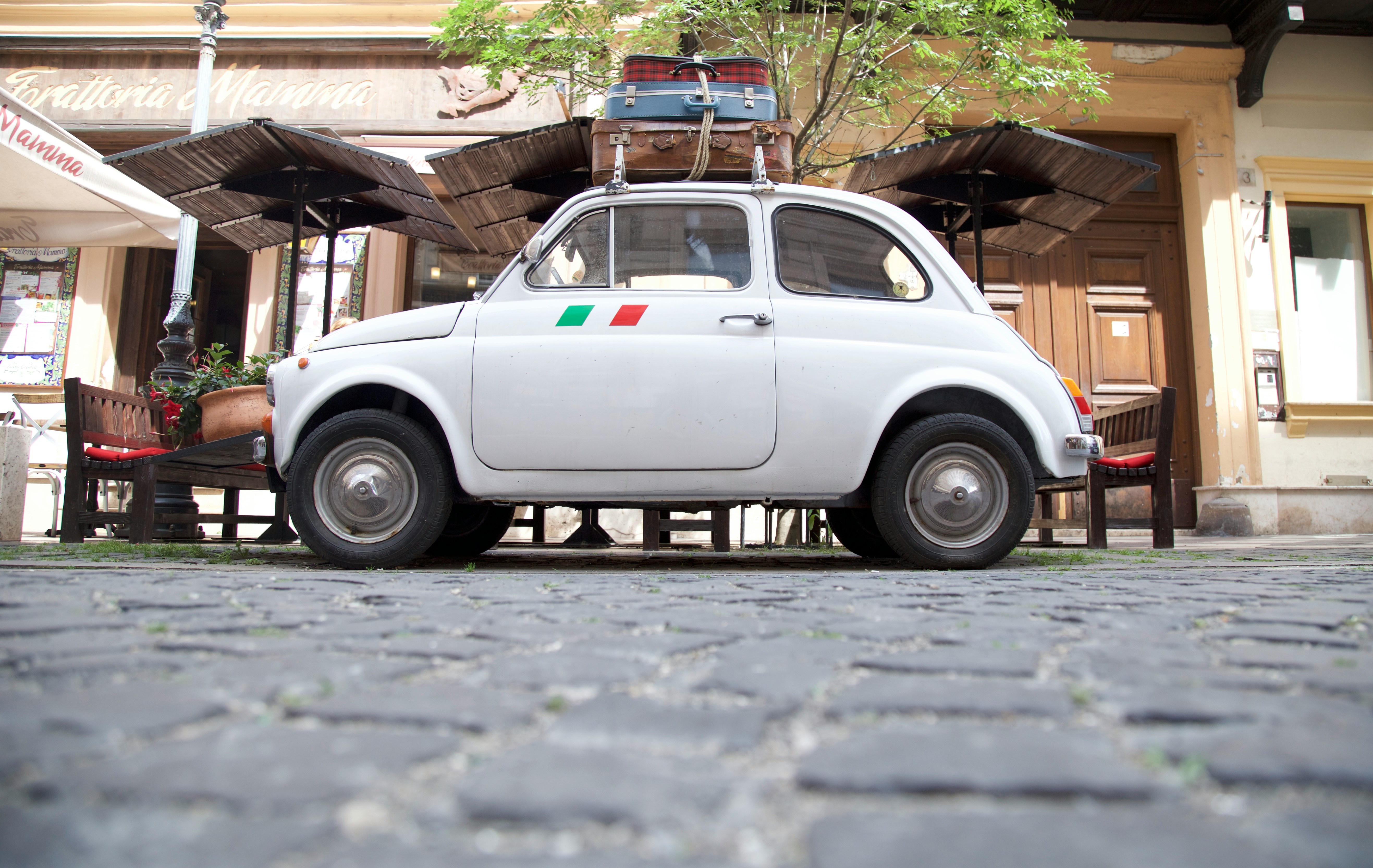Discovering the Allure of Transitional Design: A Blend of Classic and Contemporary
The world of interior design is ever-changing, with styles and trends that evolve with the times. Yet, one style that consistently captures the attention of homeowners is transitional design. As a delightful mix of classic and contemporary, transitional design offers a balance that appeals to a variety of tastes. This article delves into the charm of this design style, its practical applications, and its impact on modern home styling.

The Genesis of Transitional Design
Transitional style emerged as a response to the stark contrast between traditional and contemporary design. Traditional design, with its ornate detailing and rich textures, was considered too heavy and old-fashioned by some, while contemporary design, with its minimalist approach and clean lines, seemed too cold and impersonal to others. Transitional design offered a solution—a blend of the old and new that would satisfy diverse aesthetic preferences.
The Hallmarks of Transitional Style
At its core, transitional design is about balance and harmony. It cleverly combines the comfort and warmth of traditional design with the sleek, streamlined aesthetics of contemporary design. Key elements include a neutral color palette, a mix of different textures, and an emphasis on clean lines and understated elegance. Unlike other design styles that strictly adhere to a set of rules, transitional design is more fluid and flexible, allowing homeowners to personalize their spaces according to their preferences.
The Practical Aspect of Transitional Design
Transitional style is not just about aesthetics; it also has practical implications. By blending different design elements, it creates a versatile and timeless look that can easily be updated with changing trends. This style is also ideal for those who want to gradually transition their home décor from traditional to modern or vice versa.
Current Trends and Insights
Today, transitional design continues to gain popularity as more homeowners appreciate its versatility and timeless appeal. It’s particularly popular in multi-generational homes, where different family members may have varying design preferences. The style’s flexibility also makes it ideal for small spaces, as it avoids the clutter of traditional design and the starkness of contemporary design.
Enhancing Daily Living with Transitional Design
Transitional design enhances daily living by creating a comfortable, welcoming environment. Its neutral color palette promotes relaxation, while its blend of textures adds interest and depth. The style’s emphasis on clean lines and lack of clutter also contributes to a sense of calm and order. By combining elements from different design styles, transitional design allows homeowners to create spaces that truly reflect their personal tastes and lifestyle.
In conclusion, transitional design offers a unique and appealing blend of classic and contemporary elements. With its versatility, timeless appeal, and practicality, it’s no wonder that this style continues to captivate homeowners around the world. The future of transitional design looks bright as it continues to evolve and adapt to changing trends and preferences.





